This was printed in an attempt to raise money for the restoration but according to the internet they never got enough to fund the proposal.
Here's a little back story beginning with the creation of the sculpture.
The sculpture was titled "Monument to the Elm" but commonly known as "The Treeman" and was designed and carved by John Faust a University of Northern Iowa art major. Faust and his assistants began work on the elm tree in the spring of 1974. The work was completed by that summer.
Faust received three hours credit from the Independent Studies Program for his work on the sculpture. Also, he and his wife, Chris, were allowed to stay at the Lutheran Center while he was working on the project. Faust carved the sculpture out of a 125-year-old elm tree that succumbed to Dutch elm disease. The tree was trimmed and shortened until only a twenty-three foot stump and two branches remained. The sculptor shortened the stump three feet before beginning his work. Out of the trunk and branches, Faust carved a grieving man with his arms outstretched. The base of the sculpture was the original tree stump. The project came about from the Lutheran Center's Reverend John Deines's interest in preserving the 125-year-old tree. The Reverend Deines contacted Faust through the Department of Art. Faust intended the work to be a reminder of the devastating effects of Dutch elm disease.
RESTORATION PROJECT
It was the artist's intention that "The Monument to the Elm" should be allowed to decay naturally, as a statement of death and dying. However, fungus infected the tree causing it to decay rapidly. The natural effects of weathering had caused the wood to split and woodpeckers had successfully pecked two holes in its chest. By 1981, the base was also deteriorating, creating a safety hazard. These conditions prompted the Save the Elm fundraiser, which aimed to raise money to have the elm chemically treated for preservation. Around $20,000 was needed to complete the restoration. Not enough money was raised, however, so the "Monument to the Elm" was taken down in September 1981. Two years later extensive donations brought the elm back. The sculpture's interior had been coated with epoxy, resin, and fiberglass. Also, a new cement base was used rather than the original tree stump. The work was reinstalled after the homecoming parade on October 8, 1983.
THE REMOVAL
By 1994, the tree was showing the effects of thirteen years of decay. Plans were made to replace it with a new sculpture. In May 1995, "Monument to the Elm" was removed and replaced by "Triumph over Tragedy."
I'll post a photo in a later blog showing what the area looks like now, but I thought it was a neat story and part of my memories of growing up in Cedar Falls.




























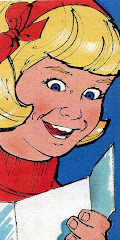.jpg)





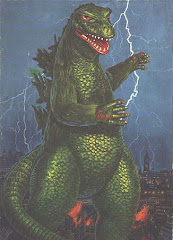









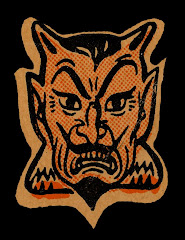











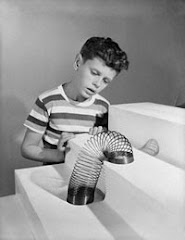.jpg)





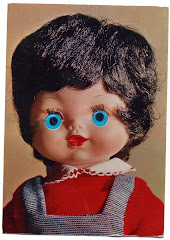

.jpg)

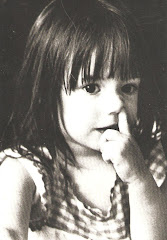

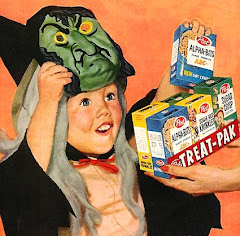





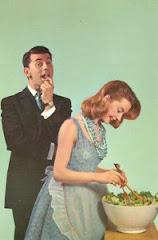















No comments:
Post a Comment